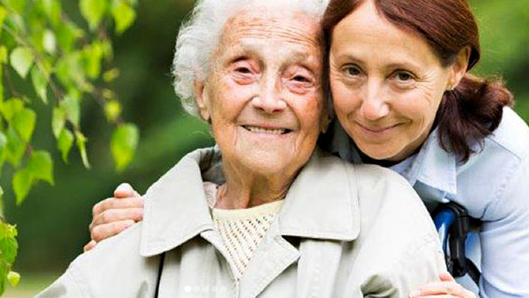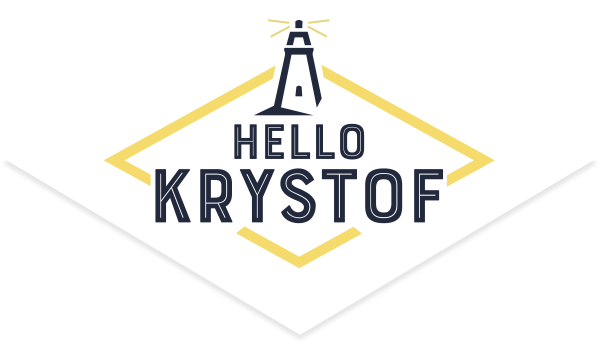Dealing with an aging parent that can no longer live independently? This guide will help you determine the senior care and living options available. If you are ready to compare local facilities call 888-305-0460.

Linda is struggling with her seventy-nine-year-old mother. She can cook, clean and take care of herself but the big yard and household maintenance is getting to be too much and then there are the stairs…Scott is worried about his eighty-five-year-old father who isn’t bathing and forgot to turn off the stove…again. Helping transition an aging parent into senior care can be one of the toughest hurdles an adult child may face. These tips may assist in navigating the various options.
Types of Senior Housing
Senior Apartments – are a senior housing option for the most independent individuals. Essentially, they are regular apartment communities that restrict residents to those 55 and older and generally do not offer any personal care. Cost varies depending on the market rate for housing and may include fees that cover amenities such as a swimming pool, utilities and security.
Independent Senior Living Communities – also known as retirement communities or 55+ communities – are for seniors who can take care of themselves unassisted. The difference between senior apartments and independent living communities is the availability of onsite management, social outings, transportation, housekeeping and meals. Some independent living options allow a senior to transition into a higher level of care without leaving the community. Cost ranges from $1500-$3000 per month.
Assisted Senior Living Communities – are for seniors that need daily assistance with personal care. Most provide 24-hour access to nursing staff and offer transportation services, medication management, scheduled meals, laundry services, social and exercise programs. Fees generally range from $2500-$4000 per month.
Memory Care – is an offshoot of assisted living for parents suffering from Alzheimer’s or dementia. It offers specialized memory care services along with a more secured environment. Fees can run $3000-$7000 per month.
Residential Senior Care Homes, also known as group homes or adult family homes, are generally $1500-$3000 per month. They typically have live-in licensed caregivers, meals and are for seniors that need personal assistance but without the amenities of the assisted living communities.
Home Health Care Aids – are typically the least expensive option for a senior needing assistance. Fees run from $20-$40 per hour and cover a caregiver coming to the parent’s home to aid with bathing, dressing and meal prep. Besides the lower cost, the
advantage of this option is that it allows the senior to not have to deal with a move.
Nursing Homes – also known as convalescent centers or long-term care facilities, are for seniors that require 24 hour care by licensed nurses and access to doctors due to medical conditions or severe mobility issues. Nursing homes provide meals served in a central dining area or in a patient’s room and typically include rehabilitative care. Seniors can stay for a short time while recovering from an accident or surgery before transitioning back into independent or assisted living options or can stay long term if they can no longer live in a lower level of care.
Options to Pay for Senior Housing
Savings/Real Estate Assets – Especially with senior apartment or independent living communities, residents will use income from social security and pensions or withdrawals from an IRA or 401K to pay monthly housing costs. With many independent and assisted living communities, a senior will need to “buy their unit” or “buy into” the community. In those cases, selling a home (especially if it is paid for and there is substantial equity) could provide the needed cash. Individuals needing assistance to pay for either home health care or long-term care can tap into a home’s equity either through a home equity line of credit or through a reverse mortgage. A reverse mortgage differs from a home equity loan in that it is only available to those 62 and older and doesn’t require monthly payments. The loan is paid off when the home is sold.
VA Benefits – Retired US military personnel and/or their spouses can often use their Tricare medical insurance to pay for long term or skilled home health care. Disability pay, and military pensions can also help with long term care costs. Eligibility and benefits may vary according to the particular plan.
Insurance – There are several different insurance options to pay for senior housing costs. Long term care insurance is a type of policy that reimburses seniors a daily amount for home health care, assisted living and nursing home care. It is available to anyone (and generally cheaper for those healthy and younger) on the open market or through an employer. Life insurance policies than carry a cash value can be sold to pay for care in what is called a “life settlement option.” If a policy holder is terminally ill, a policy can also be sold to a third party for more than cash surrender value but less than a death benefit.
Medicare vs. Medicaid – Medicare is a government medical insurance program for those over 65. It generally does not pay for long term care but may pay a percentage of the cost of shorter stays in a skilled nursing facility or for home health care. Medicaid is a state/federal health insurance program for low-income adults. While it will cover long term care as well as home health care, it has strict income/asset requirements for eligibility. “Medicaid spend-down” is a process where seniors can transfer assets to a third party or trust or spend their savings to meet the income requirements.
Figuring out the various local senior housing options for your aging parent can be daunting. Fortunately, help is available through A Place for Mom, a leading review and comparison website. Give them a call at 888-305-0460.

